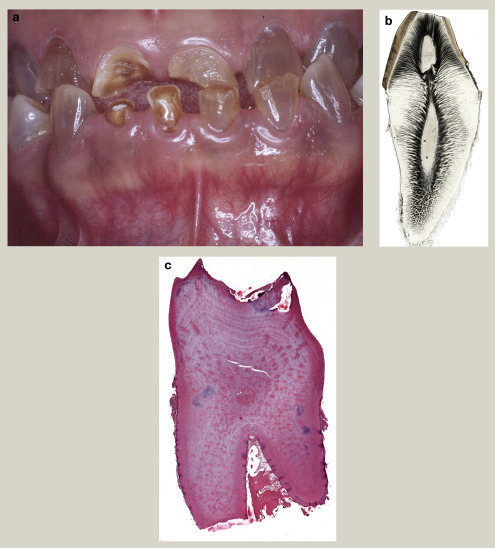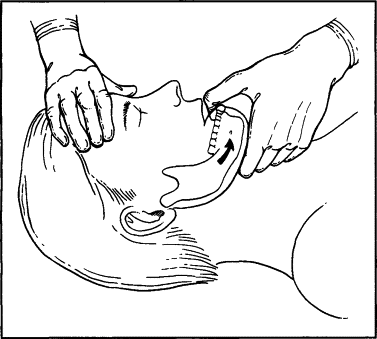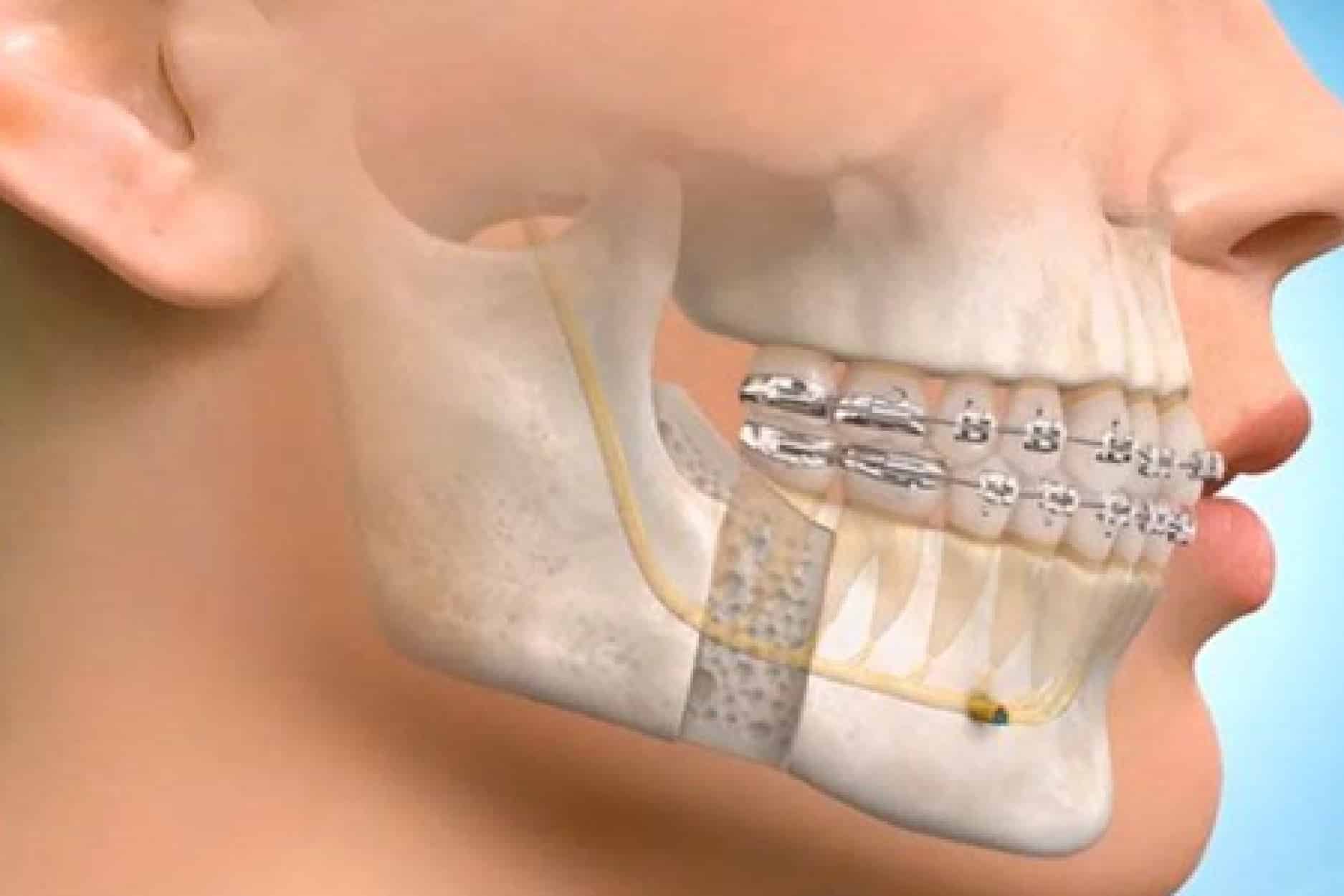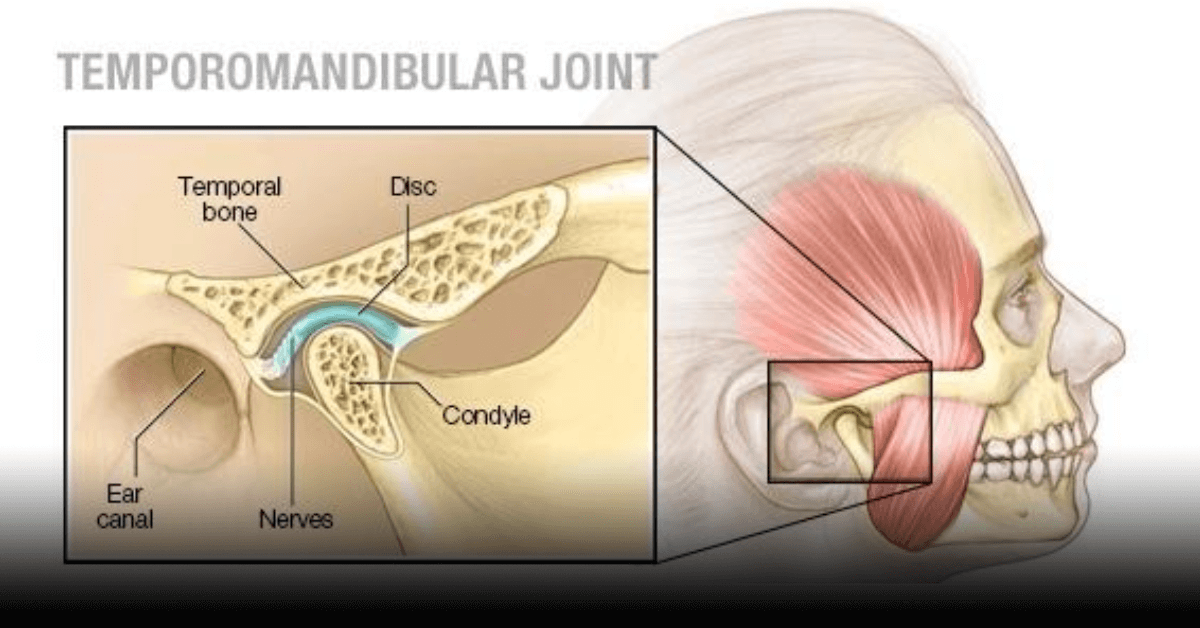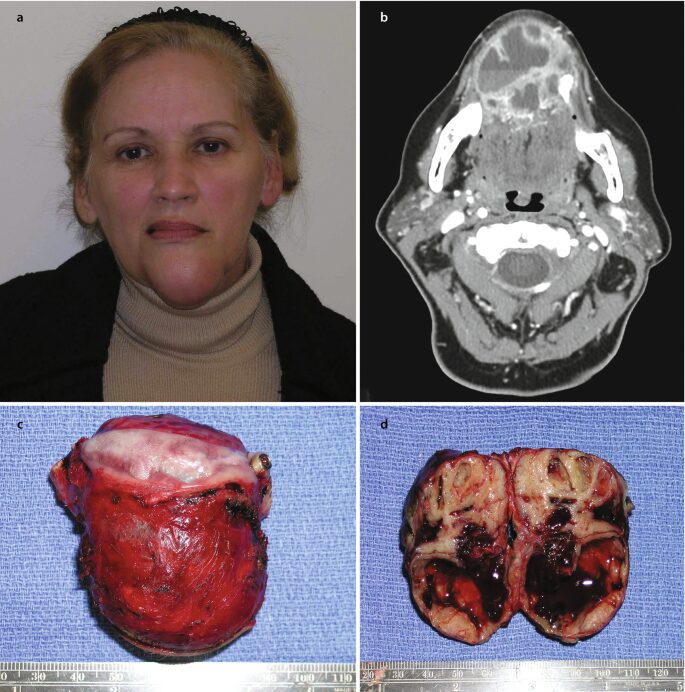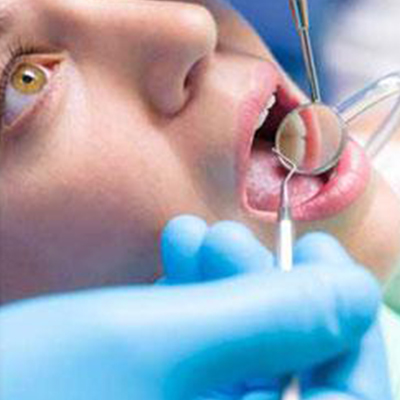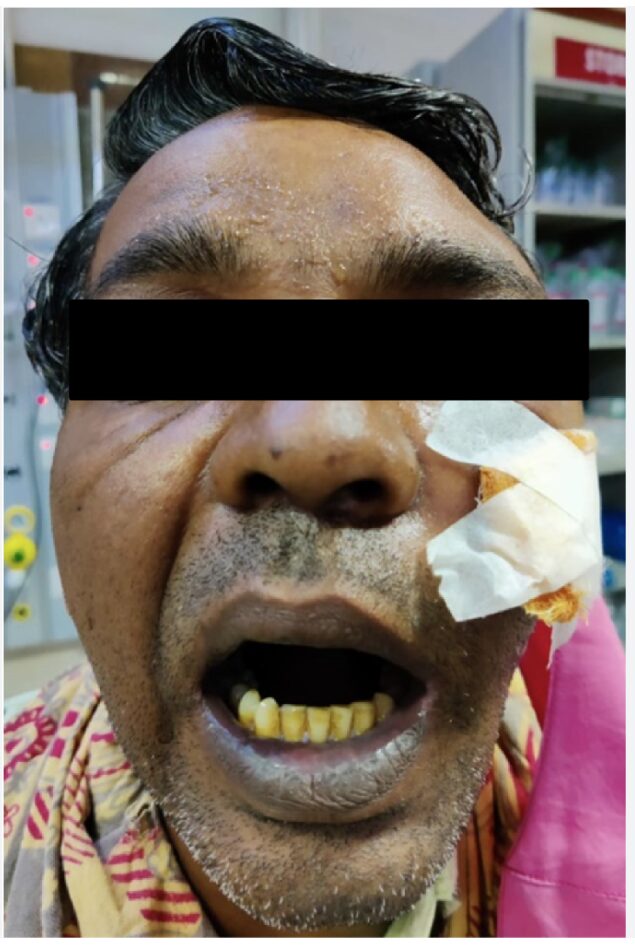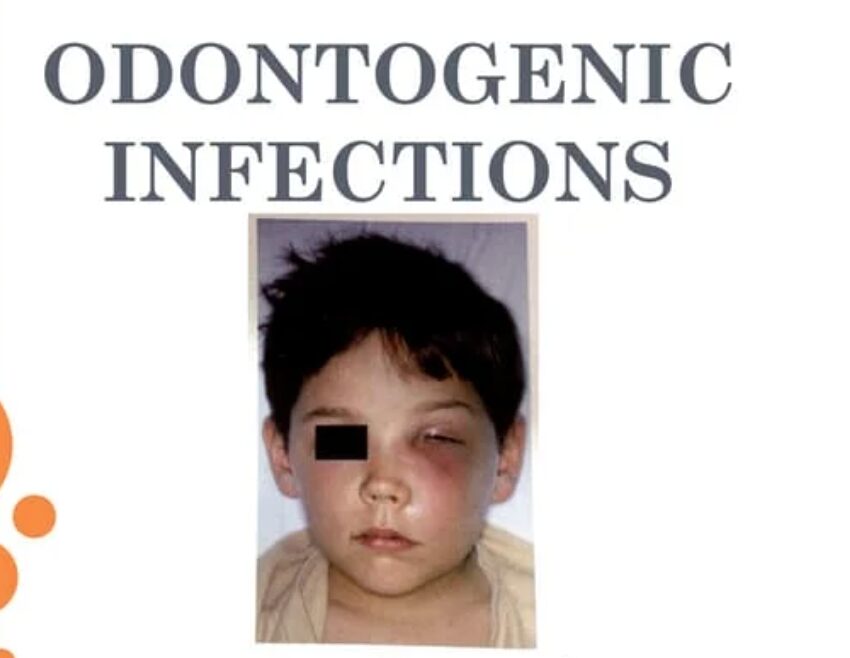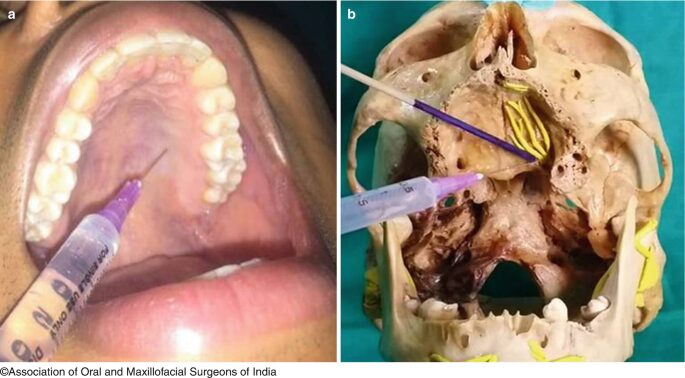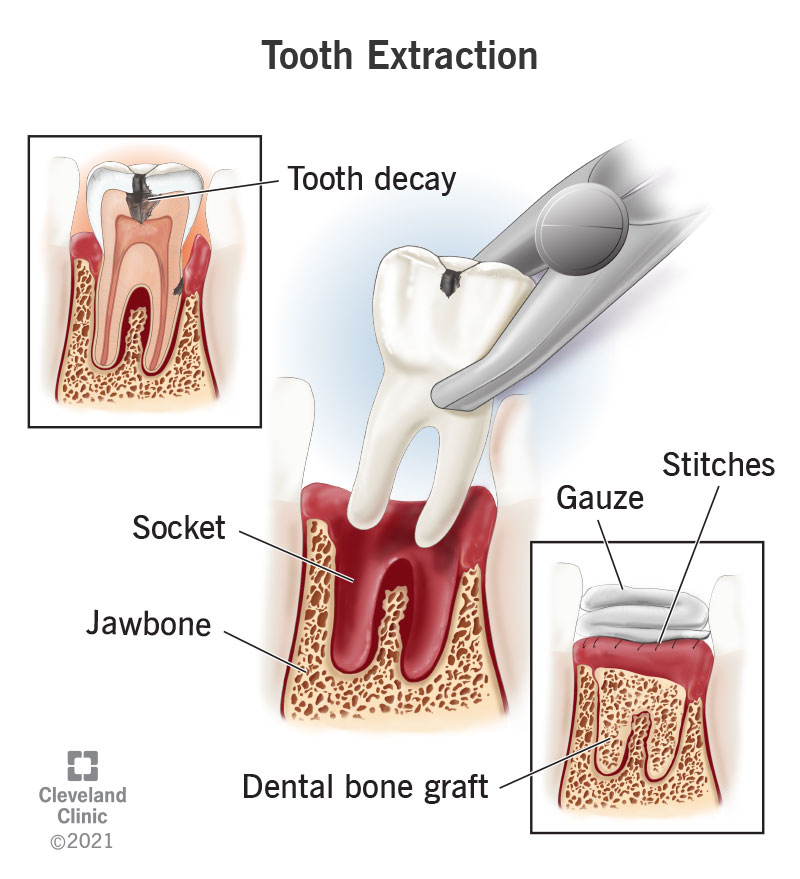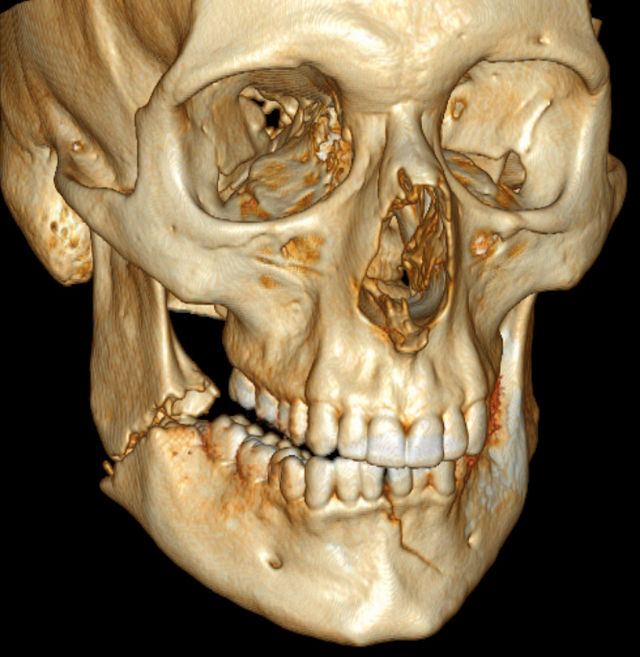In this Post you will be able to take quiz containing important MCQs of Oral and Maxillofacial Pathology and topic covered in this Quiz will be Skin & Vesiculobullous Lesions . Correct Answers are Marked in Bold and Blue colour.
Skin and Vesiculobullous Lesions Multiple Choice Questions
- All of the following lesions may be classified as Odontogenic Tumors EXCEPT
A. Acanthomatous ameloblastoma
B. Branchial cleft cyst
C. Myxoma
D. Simple ameloblastoma - Fish Net pattern is pemphigus vulgaris is seen in which of the following tests?
A. Direct immunofluorescence
B. Tzanck smear
C. FNAC
D. Histopathology - All of the following are inherited disorders of connective tissue EXCEPT:
A. Alport syndrome
B. Ehlers-Danlos syndrome
C. Marfan syndrome
D. McArdle’s disease
- Xeroderma pigmentosum is characterized by:
A. Autosomal dominant inheritance
B. Inability to repair sunlight induced damage to DNA
C. Irregular accemulation of melanin in the basal cell layer
D. Acanthosis of epithelium with elongation of rete ridges - Oral lesion associated with ulcerative colitis?
A. Lichen planus
B. pyostomatitis vegentanus
C. sarcoidosis
D. Dermatitis herpetiformis - Ehlers Danlossyndrome is:
A. Autosomal Dominant
B. Autosomal recessive
C. X-linked Dominant
D. X-Linked recessive - Cafe au lait macules are seen in:
A. Von Reklinghausen’s neurofibromatosis
B. Albright’s syndrome and Bloom’s syndrome
C. All of the above
D. None of the above - Butterfly rash is typically seen in:
A. Herpes simplex
B. Systemic lupus erythematosus
C. Scleroderma
D. None of the above - Hydropic degeneration of the basal cell of the straturn germinativum is a feature of:
A. Leukoplakia
B. Lichen planus
C. Syphilis
D. Pemphigus - All are diseases of skin except:
A. Erythema multiforme
B. Keratosis follicularis
C. Erythema migrans
D. Psoriasis form lesion - Subepithelial vesicles are characteristic all of the following EXCEPT:
A. Bullous pemphigoid
B. Cicatricial pemphigoid
C. Pemphigus
D. Epidermolysis bullosa acquisita - In Cicatrial pemphigoid, which antigen is bound by IgG on the epidermal side of the salt split skin technique:
A. XVII collagen
B. Epiligrin
C. Laminin 5
D. BP antigen 1 & 2 - Psoralane Ultraviolet A (PUVA) therapy is advised in:
A. Pemphigus vulgaris
B. Apthous ulcers
C. Carcinoma in situ
D. ANUG - Grinspan syndrome is associated with:
A. Leukoplakia
B. Lichen planus
C. Aphthous ulcer
D. Oral submucous fibrosis - Multiple pulp stones are seen in:
A. Down’s syndrome
B. Ehler’s Danlos syndrome
C. Marfan syndrome
D. Apert’s syndrome - joint erosions are not a feature of:
A. Rhematoid arthritis
B. Psoriasis
C. Multicentric reticulohisticytosis
D. Systemis lupus eythematosus
- Pathologic calcification is seen in:
A. Scleroderma
B. Lichen planus
C. Dystrophic epidermolysis bullosa
D. Lupus erythematosus - Ectodermal dysplasia is:
A. Autosomal recessive
B. Autosomal dominant
C. X-linked dominant
D. X-linked recessive
- The swollen degenerating epithelial cell due to acantholysis is:
A. Anitschow cell
B. Tzanck cell
C. Ghost cell
D. Prickle cell - Histological clefts in lichen planus are:
A. Civatte bodies
B. Wickham’s Striae
C. Max – Joseph spaces
D. Auspitz’s sign - Which sites are characteristically affected in Stevens-Johnson syndrome?
A. Liver, spleen, pancreas
B. Conjunctive, genitalia, oral mucosa
C. Oral mucosa, lacrimal apparatus, ears
D. Parotid gland, palate, conjunctive - The primary cause of acantholysis in pemphigus vulgaris is:
A. auto immunity
B. Intercellular oedema
C. intra epithelial oedema
D. chronic alcoholism - A 3-year-old patient has extensive vesicles on lip, tongue, oral mucous membrane, After 2-4 days vesicles rupture at followed by pseudo membrane formation and also some dermal lesions seen what will be the diagnosis?
A. Herpetic stomatitis
B. EM
C. ANUG
D. Steven-Johnson syndrome - Which is a degeneration disorder characterized by atrophic changes of the deeper structures (e.g fat, muscle, cartilage & bone) involving one side of the face:
A. Scleroderma
B. Parry Romberg syndrome
C. Miescher’s syndrome
D. peutz-Jeghers syndrome - Steven-Johnson syndrome involves:
A. Type I hypersensitivity reactions
B. Type II hypersensitivity reactions
C. Type III hypersensitivity reactions
D. Type IV hypersensitivity reactions - Mucocutaneous lesions associated with neoplasia:
A. pemphigus vegentans
B. Parapemphigus
C. Paraneoplastic pemphigus
D. familial benign pemphigus - Formation of multiple pinpoint bleeding spots on scratching the skin is characteristic of:
A. pemphigus vulgaris
B. Lupus erythematosus
C. Psoriasis
D. Herpangina - Psoriasis is associated with:
A. Geographic tongue
B. Benign median rhomboid glossitis
C. Lupus erythematosus
D. lupus vulgaris - Lupus erythematosus is:
A. Reactive lesion
B. Degenerative condition
C. Autoimmune disorder
D. Neoplastic condition - Bullae formation after striking an intact skin/mucosal surface is known as:
A. Tinel’s sign
B. Bablnski’s sign
C. Nikolsky’s sign
D. Chovstek’s sign - Primary lesion in lichen planus is:
A. Macule
B. Papule
C. Vesicle
D. Bulla - Oral diagnostic features of scleroderma include all of the following, except:
A. A hard and a rigid tongue
B. Widening of the oral aperture
C. Pseudo ankylosis of the T.M joint
D. Difficulty in swallowing - White radiating lines can be observed in case of lesions of:
A. Lichen planus
B. Erythema multiforme
C. Pemphigus
D. Leukoplakia - In which of the following disorders a circulating antibody directed to intercellular cementing substance of stratified squamous epithelium is observed:
A. Lichen planus
B. Verrucous vulgaris
C. Bullous pemphigoid
D. Pemphigus vulgari
- Wickham’s striae are seen in:
A. Lichen planus
B. Leukoplakia
C. Leukoedema
D. Erythema multiformae - Oral ocular and genital lesions are seen in:
A. Erythema multiforma
B. Steven Johnson syndrome
C. SLE
D. None of the above - Oral lesions are not seen in:
A. Psoriasis
B. Pemphigoid
C. Stevens Johnson syndrome
D. Candidiasis - Lichen planus:
A. Can undergo malignant change
B. Treated only by medication
C. Must be excised
D. Is a idiosyncrasy reaction - Intra-epithelial bulla are found in:
A. pemphigus
B. Bullous pemphigoid
C. Bullous lichen planus
D. Pemphigoid - Which of the following are seen in ectodermal dysplasia?
A. Hyperpyrexia
B. Protuberant lips and frontal bossing
C. Defective or absence of sweat glands
D. Any of the above
- Fine Needle aspiration biopsy is indicated to diagnose:
A. Traumatic ulcer
B. Pemphigus
C. Necrotic pulp
D. Chronic gingivitis - Target lesions are observed in case of:
A. Erythema multiforme
B. Lichenplanus
C. Pemphigus vulgaris
D. Psoriasis - A 60 year old has got severe bulla and target lesion Which erythema around halo and genital lesions:
A. Stevens Jhonson syndrome
B. Herpes zoster
C. Herpes simplex
D. Herpangina - Erosive lichen planus resembles which of the following:
A. Monilial gingivitis
B. Desquamative gingivitis
C. Herpetic gingivitis
D. Acute ulcerative gingivitis - Immunoflourescence is seen at basement membrane as patchy distribution in:
A. Lichen planus
B. Pemphigus
C. Pemphigoid
D. Lupus erythematosus - Immunoflourescence test is positive in:
A. Psoriasis
B. pemphigus vulgaris
C. Lupus erythematosus
D. Scleroderma
E. Both B & C
- A 40 year old woman report with the complaint of burning sensation in the mouth. Clinical examination reveals lesions consisting of radiating white striations in a retiform arrangement affecting buccal mucosa, tongue, lips & gingiva bilaterally. An incisional biopsy is suggestive of lichen planus. The following are different clinical forms of lichen planus except:
A. Atrophic lichen planus
B. Hypertrophic lichen planus
C. bullous lichen planus
D. Verrucous lichen planus
- Intraepithelial vacuolation with formation of vesicle or bulla intraepithelially above the basal layer is characteristically seen in:
A. Candida albicans
B. Bullous pemphigoid
C. Pemphigus
D. Lichen planus - Lichenoid reactions are mainly due to:
A. intake of certain drugs
B. betel nut chewing
C. cigarette smoking
D. intake of alcohol - L.E Cell phenomenon in peripheral blood is seen in:
A. Rheumatic heart disease
B. Infective endocarditis
C. Ischemic heart disease
D. Systemic Lupus Erythematosus
- Which of the following is inherited as a autosomal dominant triat?
A. Lichen planus
B. Bullous pemphigoid
C. Pemphigus yulgaris
D. White sponge nevus
- Histopathological study of lichen planus shows:
A. Mixed cellular inflammatory infiltrate
B. Presence of T-lymphocytes predominantly
C. Antiepithelial antibodies
D. Scattered infiltrate with ill-defined lower border - Pemphigus is characterized by:
A. Acanthosis
B. Acantholysis
C. Hyperorthokeratosis
D. Hyperparakeratosis - In ectodermal dysplasia all of the following structures are affected except:
A. Hair
B. Nails
C. Teeth
D. Salivary glands - Scleroderma involves:
A. Tightening of oral mucosa and periodontal involvement
B. Multiple palmar keratosis
C. Raynaud’s phenomenon
D. All of the above
- Erythema multiformae is:
A. An acute self limiting disease, of skin and oral mucous membrane
B. painless vesicular self limiting disease
C. A viral disease
D. Bacterial infection - Darier’s disease is associated with:
A. Pernicious anaemia
B. Rickets with involvement of teeth and bones
C. Vitamin A deficiency and involvement of oral epithelium and skin
D. Diffuse tender ulceration on the palate predominantly - Koebner’s phenomenon is seen with:
A. Erythema multiforme
B. Pemphigoid
C. Psoriasis
D. Impetigo - Tzancks smear test is used in the diagnosis of:
A. pemphigus
B. ANUG
C. Apthous disease
D. Lichen planus - Unusual extensibility of the tongue is a characteristic feature of:
A. Epidermolysis bullose
B. Syphilis
C. Darier-White disease
D. Ehlers-Danlos syndrome
- Which of the following is not a type of lichen planus?
A. Atrophic
B. Hypertrophic
C. Verrucous
D. Erosive - A fluid filled elevated lesion of skin is called:
A. Bulla
B. Macule
C. Papule
D. Nodule - Grinspan syndrome is associated with:
A. Hypertension, diabetes, lichen planus
B. Oral, ocular, genital lesions
C. Hypertension with oral lesions
D. lemphigus, CHF, diabetes - In lichen planus the basal cells which are shrunken with an eosinophilic cytoplasm and with a pyknotic and fragmented nuclei are called:
A. Tzanck cells
B. Civatte bodies
C. Donovan bodies
D. Rushton bodies - MONRO’s abscess are seen in:
A. Pemphigus
B. Lichen planus
C. Leukoplakia
D. Psoriasis
- Nikolsky’s sign in positive in:
A. bullous pemphigus
B. eipdermolysis bullosa
C. herpes simplex
D. erythema multiforme - Which of the following is absent in Crest syndrome:
A. calcinosis cutis
B. Raynaud’s phenomenon
C. Telagietasis
D. Endocrine disorders
- Which of the following diseases of the skin is the most likely to be associated with partial anodontia?
A. erythema multiformae
B. hereditary actodermal dysplasia
C. Keratosis follicularils
D. lichen planus - Antinuclear antibodies are seen in:
A. SLE
B. Systemic sclerosis
C. Morphea
D. All of the above - Which of the following is an oral manifestation of lichen planus?
A. Dentinogenesis imperfecta
B. Fordyce spots
C. White, chalky enamel surface
D. White radiating lines on the buccal mucosa

